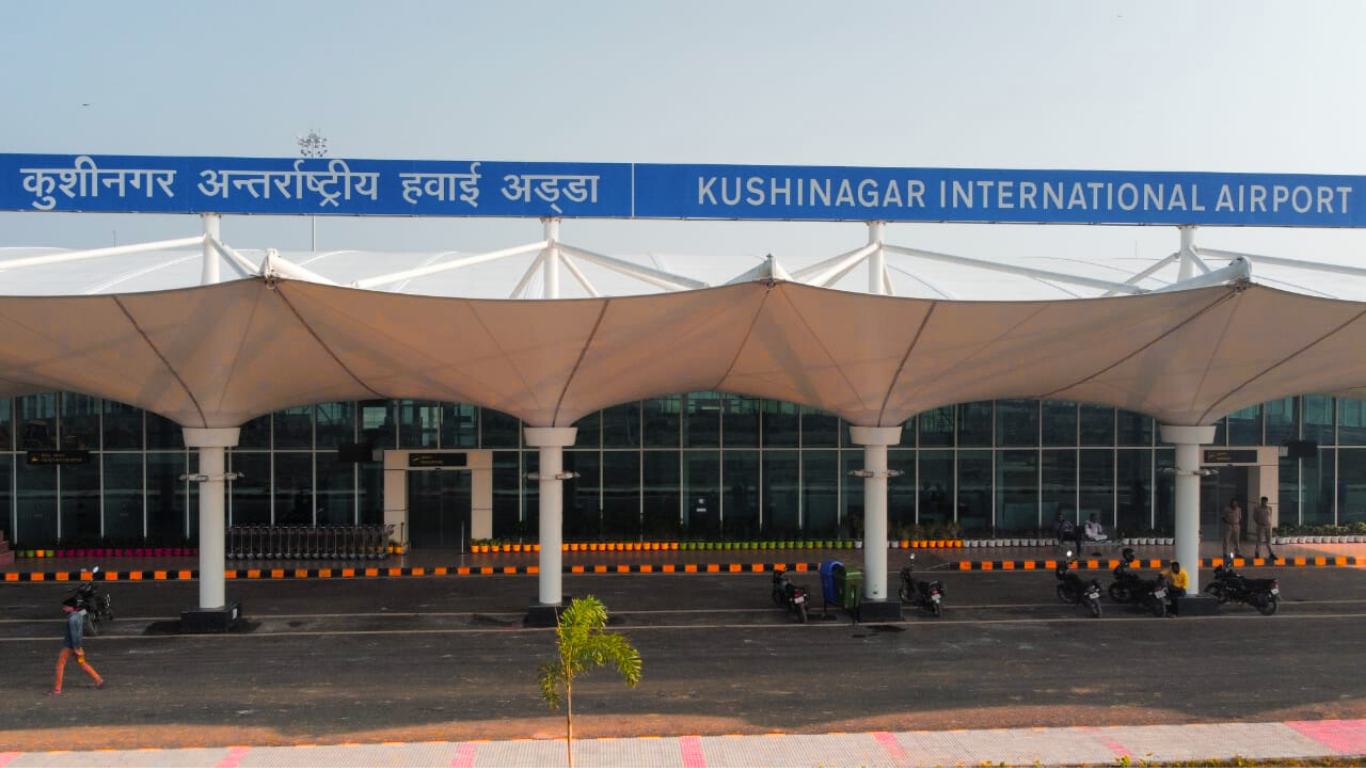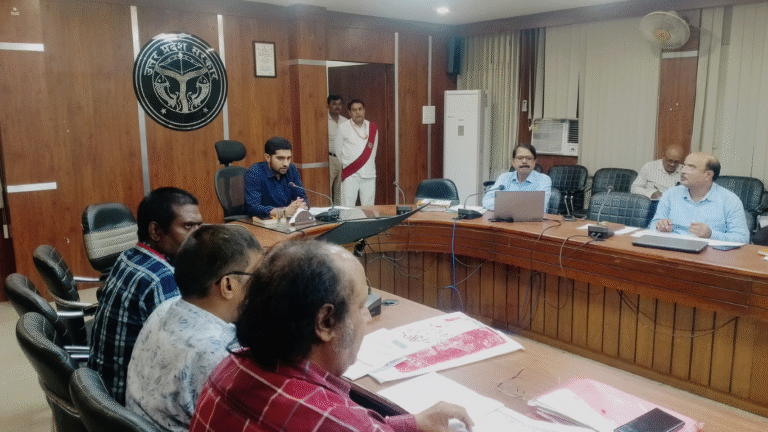
Nestled in the heart of Uttar Pradesh, India, Kushinagar Airport is more than just a place for planes to land—it’s a doorway to one of Buddhism’s most sacred sites. Opened in 2021, this international airport connects travelers to Kushinagar, where Gautama Buddha is believed to have attained Mahaparinirvana, or ultimate salvation. The airport aims to boost tourism, especially for Buddhist pilgrims, while bringing growth to a quiet region. Despite some challenges, it’s a symbol of hope for better connectivity and local development. Let’s explore what makes Kushinagar Airport special, its history, and what it means for travelers and the community.
Why Kushinagar Airport Matters
Kushinagar is a key stop onOSC on the Buddhist pilgrimage circuit, where Buddha passed away around 483 BC. For centuries, pilgrims have visited its ancient stupas and temples, but getting there was tough due to limited transport. Kushinagar Airport, inaugurated on October 20, 2021, by Prime Minister Narendra Modi, changed that. It’s designed to make the town accessible for international and domestic travelers, especially from Buddhist countries like Sri Lanka, Thailand, and Japan. The airport supports economic growth in eastern Uttar Pradesh and nearby Bihar, creating jobs and boosting local businesses like hotels and shops. Despite its promise, the airport has faced issues like low flight traffic, but it remains a vital link for spiritual and cultural tourism, connecting Kushinagar to the world.
History and Development
The idea for Kushinagar Airport started in 2008 as part of a plan to boost religious tourism. The Uttar Pradesh government acquired 590 acres for a greenfield project, initially planned as a public-private partnership costing ₹354 crore. The central government approved 20% Viability Gap Funding in 2013, but private developers lost interest, so the Airports Authority of India (AAI) took over. Construction began with a 3.2-km runway and a terminal handling 300 passengers per hour. In June 2020, it was declared an international airport, and by February 2021, it had all necessary approvals. The first international flight, carrying Sri Lankan monks, landed during the 2021 opening ceremony. Though challenges like safety obstacles delayed progress, nine of 12 issues were resolved by 2024, with full operations expected by late 2025. The airport’s growth reflects India’s push for better regional connectivity.
Features and Facilities
Kushinagar Airport is built to serve both modern travelers and pilgrims. Its terminal, spanning 3,600 square meters, can handle 300 passengers hourly, with a 3.2-km runway suitable for Airbus 321 and Boeing 737 planes. The airport includes customs facilities for international visitors, crucial for Buddhist pilgrims from Asia. It has basic amenities like check-in counters, waiting areas, and small shops, with a focus on simplicity to match the spiritual vibe of Kushinagar. The design incorporates local cultural elements, creating a welcoming atmosphere.
However, some infrastructure work, like approach roads and drainage, remains incomplete, and the AAI is awaiting 35 acres for an instrument landing system. Despite these hurdles, the airport supports regional flights under the UDAN scheme, connecting to cities like Delhi and Lucknow. Plans for direct flights to Mumbai and Kolkata aim to improve access, making it easier for pilgrims and tourists to visit Kushinagar’s sacred sites.
Challenges Facing the Airport
Despite its promise, Kushinagar Airport has hit some bumps. Low passenger traffic has been a big issue, with SpiceJet, the main operator, halting flights in 2023 due to competition from Gorakhpur Airport, just 55 km away, and aircraft maintenance problems. In 2022, the airport saw only 17,559 passengers, far below its potential. Safety concerns, like obstacles near the runway, have also disrupted operations, though most have been cleared. These challenges have led to temporary closures since 2023, frustrating locals and pilgrims. The nearby Gorakhpur Airport, with more flight options, draws passengers away. Efforts are underway to resolve these issues by late 2025, including better road connectivity and flight schedules. The airport’s success depends on overcoming these hurdles to serve its role as a global pilgrimage hub.
Impact on Tourism and Economy
Kushinagar Airport was built to boost the Buddhist tourism circuit, connecting sacred sites like Lumbini, Sarnath, and Bodh Gaya. It draws pilgrims from countries like Sri Lanka and Myanmar, enhancing India’s global tourism appeal. The airport supports local businesses, from souvenir shops to guesthouses, creating jobs for residents in Kushinagar and nearby Bihar districts. The 2021 inaugural flight with over 100 Buddhist monks highlighted its spiritual significance. Economically, it’s a lifeline for a region that’s one of Uttar Pradesh’s poorest, offering opportunities for small-scale industries. However, limited flight schedules have slowed progress. Expanding routes to cities like Kolkata could attract more visitors, boosting revenue for local vendors and guides. The airport’s growth aligns with India’s push to develop religious tourism, promising a brighter future for the region.
Tips for Visiting Kushinagar Airport
Planning a trip through Kushinagar Airport? Check flight schedules in advance, as services can be sporadic—SpiceJet operates limited routes to Delhi and other cities. Use travel apps like MakeMyTrip for updates. The airport is 52 km east of Gorakhpur, so arrange taxis or buses to reach Kushinagar’s temples, like the Parinirvana Temple with its 6-meter reclining Buddha statue. Pack light for the small terminal, and carry cash for local shops, as digital payments aren’t always available. Visit during cooler months (October-March) for comfortable sightseeing. Explore nearby sites like the Ramabhar Stupa, and check for guided tours online. Be aware of ongoing infrastructure work, like approach roads, which may cause delays. Following these tips ensures a smooth journey to experience Kushinagar’s rich Buddhist heritage and serene atmosphere.



